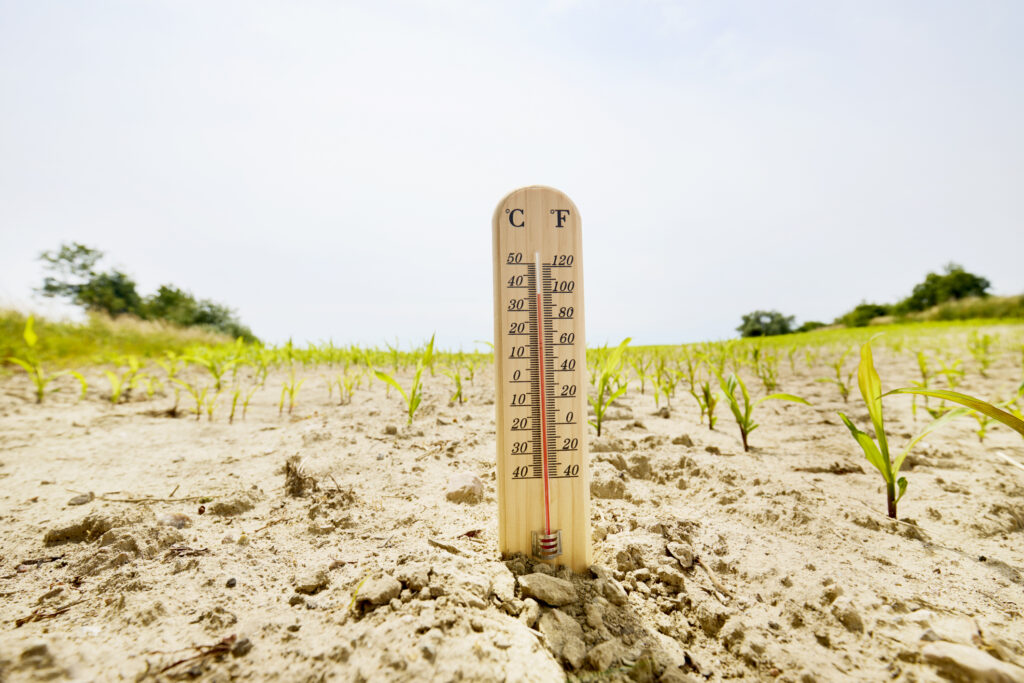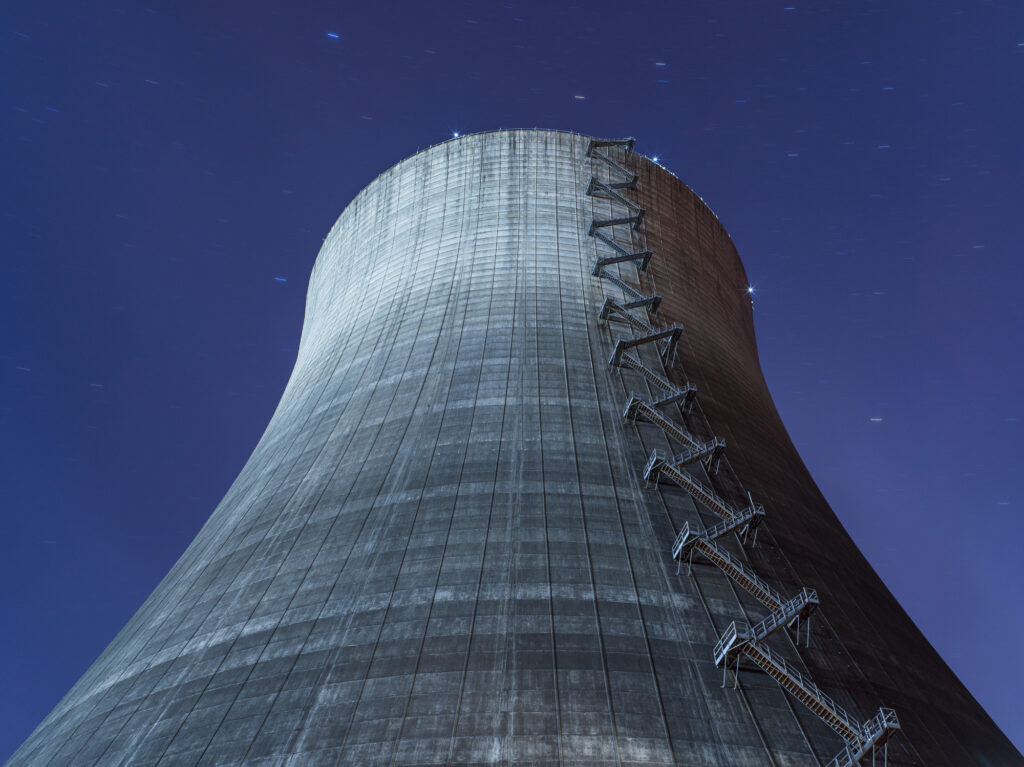Gridlock in the congressional swamp is not slowing President Donald Trump’s efforts to roll back ineffective but extremely costly climate programs and regulations.
During the 2016 presidential campaign, Trump said the United States faced many more important problems than climate change, pledging to roll back climate policies hampering economic growth and domestic energy development.
Since becoming president, Trump has kept that promise, removing scores of climate-related executive orders and regulations.
Trump’s biggest move came on June 1, when he withdrew the United States from the Paris climate agreement, under which former President Barack Obama committed the United States to reducing its greenhouse gas emissions 26 to 28 percent below 2005 levels by 2025, at a cost of billions of dollars to peoples’ pocketbooks.
Earlier in his presidency, on March 28, Trump issued an executive order directing Environmental Protection Agency (EPA) Administrator Scott Pruitt to review the Clean Power Plan (CPP), an onerous regulation intended to decrease the amount of carbon dioxide emitted into the atmosphere, and rescind or revise it, if necessary, to promote the wise development of natural resources, unencumber energy production, and increase the number of jobs. If implemented, CPP would have averted less than a tenth of a degree of potential future warming by 2100, an amount too low to measure accurately. Yet the cost in terms of dollars and jobs would have been enormous. Estimates pegged CPP’s cost to the economy between $8.4 billion and $39 billion per year. Consumers’ electricity bills would increase 11 to 14 percent annually, and more than 100,000 jobs in manufacturing and other sectors would be lost each year.
Trump also has withdrawn support for various government climate programs requiring scarce resources and time from various agencies. For instance, on August 19, the National Oceanic and Atmospheric Administration (NOAA) notified members of the Federal Advisory Committee for the Sustained National Climate Assessment their services were no longer needed as it was shutting down the committee.
The 15-member Advisory Committee, formed in 2015 by the Obama administration, included various people supportive of Obama’s climate efforts, including members of environmental activist groups, public officials, lawyers, sociologists, corporate representatives, and a few scientists from various fields. The committee’s chairman, Richard Moss, with his public and international affairs doctorate from Princeton, had previously served as vice president and managing director for climate change at the World Wildlife Fund.
On August 25, EPA announced it would no longer sponsor the Climate Leadership Awards, a program honoring voluntary corporate actions to combat global warming. EPA was the lead sponsor of the Climate Leadership program since it was instituted under Obama in 2012.
Of even greater import, flanked by Transportation Secretary Elaine L. Chao and Treasury Secretary Steven Mnuchin at an August 15 press conference at Trump Tower in New York, Trump signed an executive order (EO) eliminating and streamlining regulations in order to speed the construction of critical infrastructure like roads, bridges, and pipelines.
Trump’s EO establishes a single lead federal agency in charge of working with others to complete environmental reviews and permitting decisions. All federal permitting decisions would have to be made within 90 days. The plan also rolls back standards set by Obama requiring the federal government to account for climate change when building infrastructure.
“It’s going to be a very streamlined process, and by the way, if it doesn’t meet environmental safeguards, we’re not going to approve it,” Trump said at the press conference.
Rep. Rob Bishop (R-UT), among others, applauded Trump’s EO in a statement, saying, “It’s encouraging to have a president who understands that regulatory reform is a precondition for any successful infrastructure policy.”
EPA also has implemented a policy requiring an accountable appointee to vet the billions of dollars in grants the agency distributes annually in order to ensure funding focuses on the policy priorities of the current administration, rather than allowing career bureaucrats wedded to their own or previous administrations’ climate goals continue to fund programs the Trump administration feels are wasteful or fail to achieve meaningful goals.
John Konkus, the man charged with reviewing the awards and grants, has told staff he is watching for “the double C-word”—climate change—instructing organizations seeking EPA funding to eliminate references to the subject in their grant requests.
While the legacy media pushes the narrative Trump is failing to enact his agenda, Trump plows ahead, reining in climate regulations that do nothing to protect peoples’ health but would undermine efforts to bring about American energy and economic dominance.
Some of Trump’s changes are small, but the small stuff adds up, and Americans will benefit from his deregulatory actions.
— H. Sterling Burnett
SOURCES: The Hill; The New York Times; Fortune; and The Washington Post
IN THIS ISSUE …
Good but hidden news about sea levels … Paris supporters behind on commitments … Record rainfall, floods, not increasing … China driving coal’s rebound in United States
GOOD BUT HIDDEN NEWS ABOUT SEA LEVELS
In failed presidential candidate Al Gore’s warmed-over “An Inconvenient Sequel: Truth to Power,” Gore linked human-caused warming to flooding in Miami. As usual, Gore and other climate alarmists don’t let the truth get in the way of a good scare story. What Gore said just isn’t so.
In an interview concerning Gore’s claim, Florida International University sea level expert Shimon Wdowinski, while granting glacial melt does affect sea level rise, said the recent surge in sea levels in Miami had more to do with “short-term variability caused by changes in ocean currents,” combined with the fact Miami is suffering a serious subsidence problem. Much of Miami is built on reclaimed swamps and barrier islands with “[s]atellite measurements reveal[ing] that some streets now lie 16 to 24 cm lower than they did 80 years ago.”
In addition, though the fact has received almost no media attention, it turns out sea levels have actually fallen modestly during the past two years. Satellite data from NASA reveal global ocean levels have dropped approximately 2 ½ millimeters during the past two years. Falling sea levels can’t be squared with the narrative rising human greenhouse gas emissions are driving warming, causing seas to rise. Natural fluctuations, however, fit the data perfectly. When it comes to sea levels, nature still dominates any effect humans have on the climate.
SOURCES: American Thinker and Watts Up With That
PARIS SUPPORTERS BEHIND ON COMMITMENTS
A new paper in Nature finds every major industrialized country is failing to meet the pledges made under the Paris agreement to cut greenhouse gas emissions. While emission rates are falling in almost all industrialized countries, the rates are falling too slowly to meet the pledges governments made in Paris, and the declines themselves are due almost entirely to improved industrial efficiency or an economic slowdown, not climate policies.
Japan, for instance, has pledged to reduce greenhouse gas emissions 26 percent below 2013 levels by 2030. Yet, the paper’s analysis shows, Japan is unlikely to supply 20 to 22 percent of electricity from carbon-free nuclear power by 2030 because “just 5 of the country’s 42 nuclear reactors are producing electricity [and] efforts to restart more are mired in political and regulatory issues in the aftermath of the Fukushima Daiichi nuclear-reactor disaster.”
The authors also write the European Union (EU) is confronting a huge gap between their Paris commitments and actions taken to meet them. Fifty-five percent of Europe’s emissions come from economic sectors outside the EU’s emissions trading scheme, for instance from buildings, transport, agriculture, and waste: sectors where member countries have weak regulations, poor accounting standards, and a history of lax enforcement.
SOURCE: Nature
RECORD RAINFALL, FLOODS, NOT INCREASING
Despite the headline-gathering attention the Texas and Louisiana coasts are getting as a result of the Hurricane Harvey rainfall deluge, two new studies show any anthropogenic role in extreme rainfall events is likely minimal. Records from various locations in the United States and the world show recent record rainfall events are rare, with no records in different locations across different time scales being broken in the United States since 1981.
Just looking in and around coastal Texas, for instance: Galveston 1871 – 3.95″ in 15 minutes; Woodward Ranch 1935 – 15.0″ in two hours; Thrall 1921 – 36.4″ in 18 hours; and Alvin 1979 – 43″ in 24 hours. The rainfall from Harvey never reached these totals.
In addition, a recent study in The Journal of Hydrology examined the annual-maximum flow from major flood events, those with the greatest societal impacts, finding major flood events were not correlated with human-influenced climate change but rather were dominated by multidecadal variability. The researchers examined data from more than 1,200 flood gauges in minimally altered catchments (those not affected by large-scale development including impervious surfaces and artificial channelization of streams and rivers), in North America and Europe, to understand trends in major-flood occurrence from 1961 to 2010 and from 1931 to 2010. The number of significant trends in major-flood occurrences was approximately the number expected due to chance alone. Changes over time in the occurrence of major floods were dominated by multidecadal variability rather than by long-term trends, with the closest relationship between major-flood occurrences being with shifts in the Atlantic Multidecadal Oscillation. Recent increases in anthropogenic greenhouse gas emissions did not produce a long-term trend in the number of flood events or water flow amounts.
SOURCES: Not a Lot of People Know That and Journal of Hydrology
CHINA DRIVING COAL’S REBOUND IN UNITED STATES
Coal’s fortunes in the United States are rebounding primarily due to China’s reemergence as a coal importer, rather than President Donald Trump’s policies. China’s Paris climate commitments are not slowing its demand for coal.
Writing in The Wall Street Journal, Timothy Puko notes in order to clean up its dirty air, in 2016 China limited the number of days domestic mines could operate and set price controls on coal in areas targeted for clean-up, resulting in shortfalls as industrial demand took off. This resulted in global prices for coal rising between 50 and 100 percent since 2016.
China’s demand for coal, combined with its politically limited domestic supply, resulted in Africa, Russia, and South America shifting their coal exports from Europe to China. As a result, U.S. coal exports to Europe and every other continent rose to replace supply formerly from other countries. The impact on U.S. coal company fortunes has been substantial. U.S. coal exports to Europe rose 70 percent from the first quarter in 2016, while exports to Asia rose approximately 50 percent. Driven primarily by the growth in exports, coal production in the United States has increased 14 percent since December 2016, and revenue at publicly traded U.S. coal companies grew 19 percent in the first half of this year compared with the same period a year ago.
Simultaneously with this, Trump has been removing regulatory barriers to domestic coal production and use, and the Commerce Department helped negotiate a pact allowing the export of coal to Ukraine, lessening its dependence on natural gas from Russia.
SOURCE: Wall Street Journal (behind paywall)





